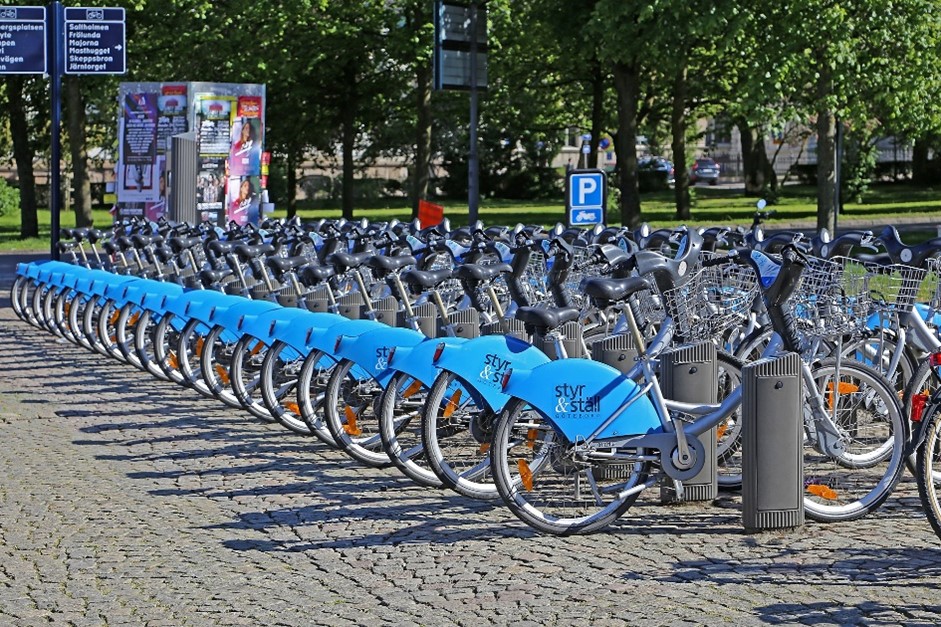4g router with ethernet helps intelligent supervision of shared
The construction of a self-service shared bicycle system based on 4g router with ethernet can facilitate the daily travel needs of residents and solve the problem of citizens' "last mile" travel

As a new form of sharing economy, shared bicycles not only solve the problem of citizens' "last mile" travel, but also directly change the way people travel with their advantages of convenience and environmental protection.
The construction of a self-service shared bicycle system can facilitate the daily travel needs of residents, such as commuting, going out, and playing. The shared bicycle rental service consists of three parts: rental sites, management centers, and customer service sites. The rental sites are distributed in different areas of the city and are in a closed state. Operators need to know the vehicle rental status of each site in real time, and realize remote scheduling and real-time monitoring , in order to better promote and apply shared bicycles. With the increase of rental points, using information technology to manage public bicycle rental has become an inevitable choice for operators. However, shared bicycle operators lack relevant technical support and need professionals to maintain and improve the system, resulting in high management and maintenance costs, high operational difficulty, and full of loopholes. Moreover, there may be two different management systems in the same city, and the data of each management system site is not interoperable, so that shared bicycles cannot be borrowed and returned across systems, which becomes the weakness of rental site management and operation; use traditional VPN or private network to realize rental background The data exchange method has high requirements on the network environment, is expensive, and is complex to deploy.
A simple and easy-to-deploy industrial 4G router solution is proposed for a series of problems in the operation and management of shared bicycles.
Industrial 4G router solution
Industrial-grade routers are widely used in various industries as the communication equipment of the Internet of Things network layer, and have brought a lot of convenience to various industries. Aiming at the difficulties of shared bicycle rental management and data synchronization, through the E-Lins industrial 4G router, wireless networking and remote management in various areas of the city are conveniently and quickly realized.
Deploy the 4G industrial router in the communication management system of the background control center and the management system of each rental site, and then set up a remote virtual network through simple configuration on the web page, and the management system data of each rental point in the city can be quickly connected to the background control center to realize Remote data synchronization, such as data transmission of intelligent parking column system and clearing system, synchronization of monitoring screen data, and data transmission of other application systems.
Simple, flexible, and easy to deploy, realizing efficient remote management of shared bicycles
The 4G industrial router provides a simple and flexible method for data collection and transmission in the background of the shared bicycle rental system, helping operators to grasp the rental status of bicycles at each site in a timely manner, and providing reliable data support for subsequent operations, management and maintenance. Effectively improve the management level of shared bicycle rental and the operating efficiency of operators.
The E-Lins 4g router with ethernet solution has the advantages of large-scale networking, unlimited deployment distance, unaffected by on-site environmental factors, short construction period, support for multiple networking methods, and small investment, providing technical support for cross-regional data transmission; It provides reliable data support for the management, maintenance and operation of operators, effectively improving the management level of shared bicycle rental and the economic benefits of operators.

 Networking
Networking EMBEDDED SYSTEMS
EMBEDDED SYSTEMS Switches
Switches Wireless Solutions
Wireless Solutions Industrial Computer
Industrial Computer Cloud Services
Cloud Services



